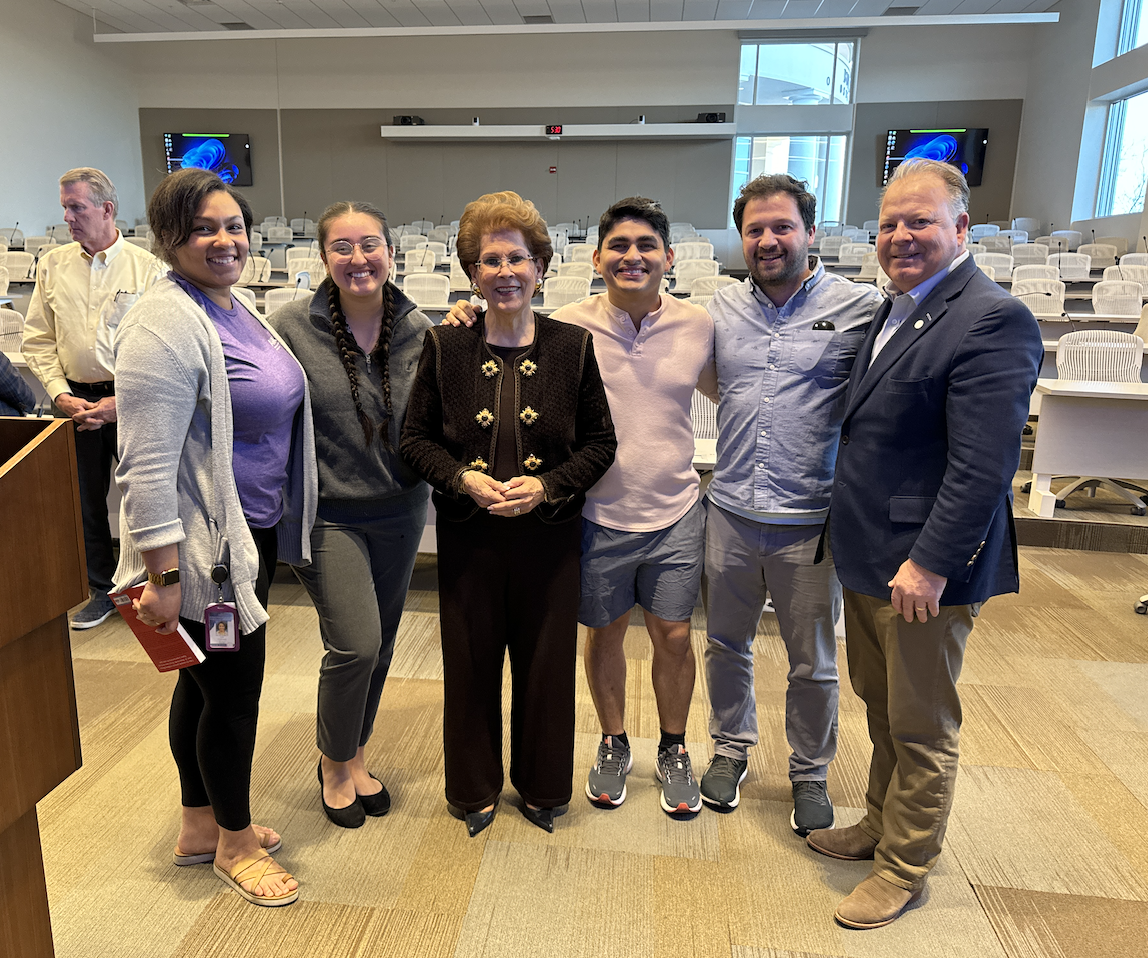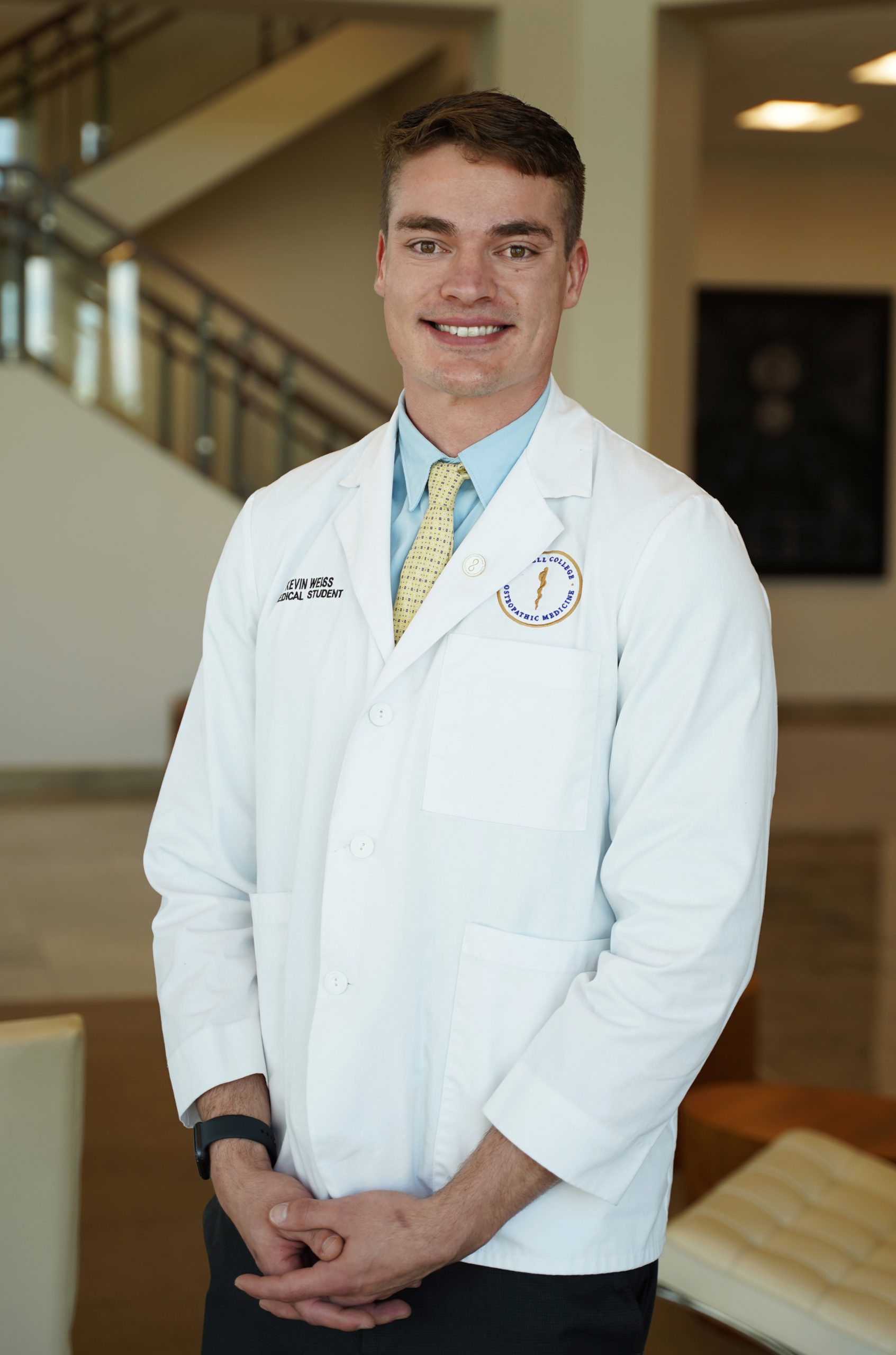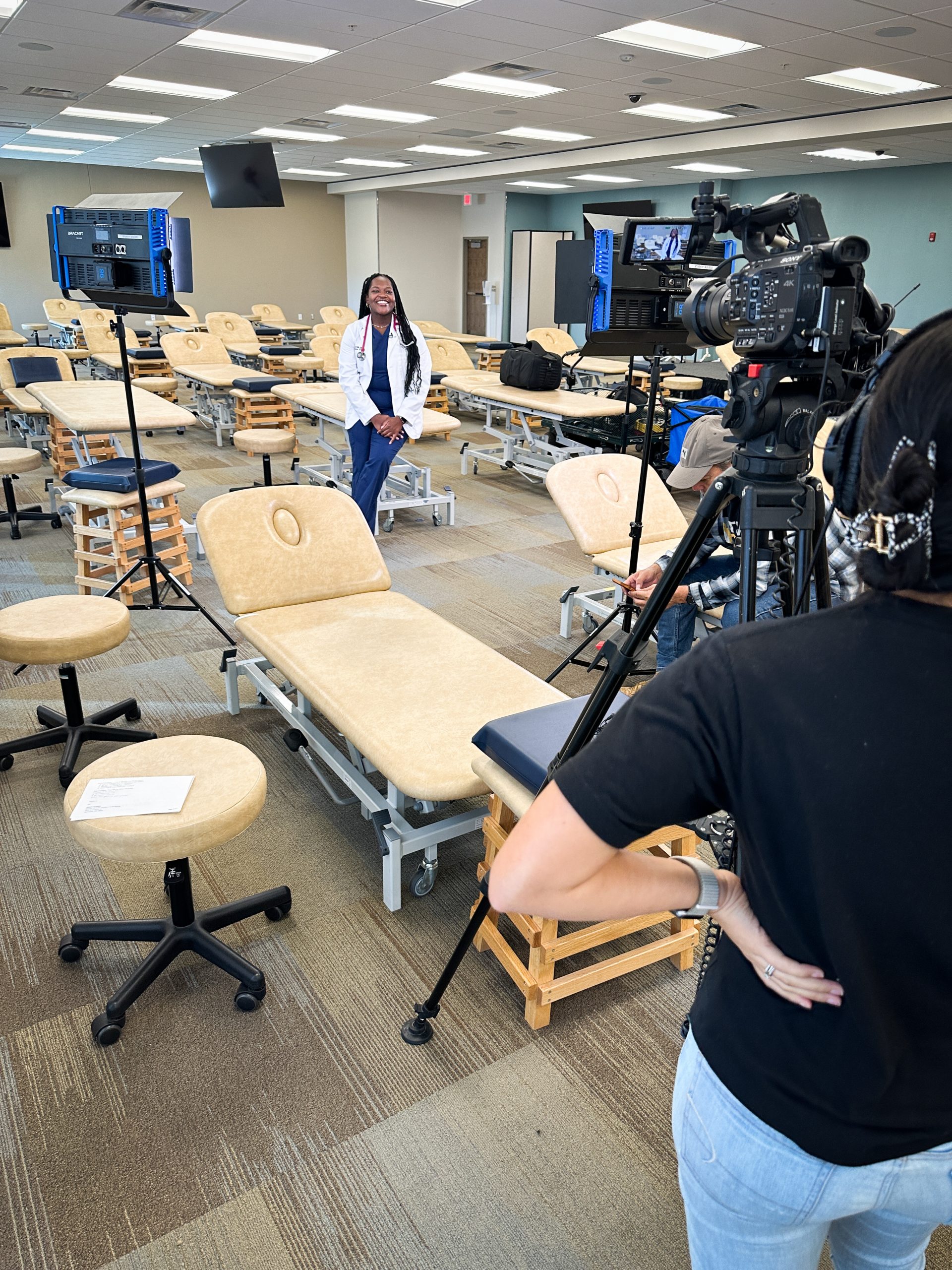
Fourth-year medical student Robyn Marks is the lead author on a recent paper published in the Journal of Pediatrics Surgery Case Reports.
The article, “Delayed Endoscopic Management of a High-Grade Common Bile Duct Injury: A Case Report,” describes a 13-year-old male who was treated at the Mayo Clinic in Rochester, Minnesota. While Marks did not personally treat the child, she rounded for one month with Dean Potter, MD, a pediatric surgeon who offered her the opportunity to write about the unique case. The goal was to highlight key elements that led to the successful patient case.
The paper describes a young patient who severely injured his right upper abdomen on a handle bar after crashing a snowmobile in North Dakota. Several hours later, he arrived at a regional clinic with nausea, vomiting and pain. The patient was transferred to a level II adult trauma center where his health worsened. CT imaging show fluid buildup in the region surrounding the pancreas and duodenum; after suspecting a pancreatic and bile duct injury, a local surgeon made the decision to drain the wound.
Marks says the choice to not operate and drain the wound was critical in the patient’s success story because it stabilized the patient.
“Historically, immediate open surgery is performed on these types of injuries,” she says. “But this case illustrated a successful alternative treatment plan. In pediatric patients, non-operative treatment strategies are highly sought after to avoid potential morbidity — but there is very limited success in these cases of non-surgical management.”
After being stabilized, the patient was transferred to the Mayo Clinic’s Pediatric Trauma Center. There, his wound continued to be drained and he was placed on a non-operative treatment plan. It wasn’t until three months later that his bile duct was non-surgically repaired.
The delay in repairing the bile duct was another critical course of action, Marks says. It allowed the patient to heal properly without the use of invasive surgery.
She also points to the successful use of a rural critical access trauma escalation system.
Marks says, “I am interested in rural surgery and trauma management is definitely an area that needs improvement within rural health care systems. This was a great example of a positive outcome from trauma management in a rural setting and appropriate timing of escalation.”
Marks hopes that her paper serves as a potential model for future practitioners to mimic if they are faced with a similar patient.








